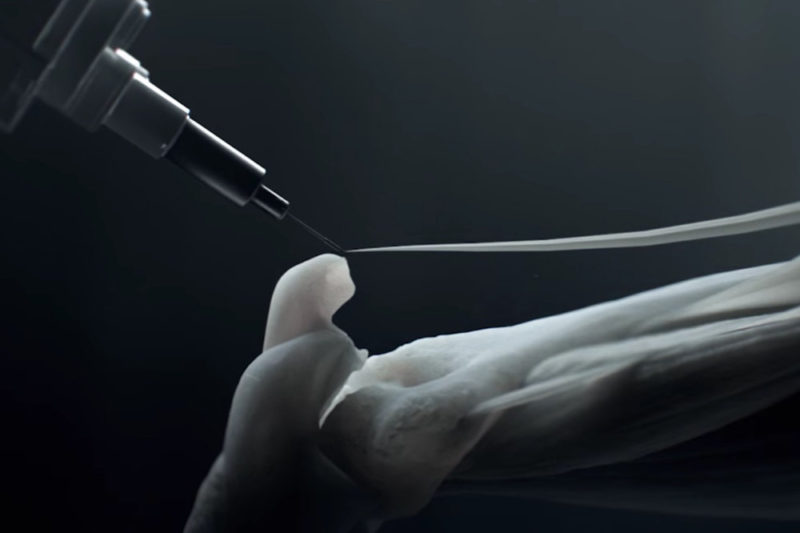Westworld Style Artificial Muscles Being Developed by MIT
Ron Perillo / 8 years ago
HBO’s latest hit television hit Westworld is set on a future where a Western-themed amusement park filled with hyper-realistic android hosts are indistinguishable from real humans. It may sound crazy but one aspect of that distant future may not be too far off as we originally thought. While the advanced artificial intelligence development will still take a while to develop, scientists from the Massachusetts Institute of Technology have discovered that artificial muscles made out of nylon fibers are can simulate many bending motions that natural muscle tissues perform.
In a research paper published in the journal Advanced Materials by Seyed Mirvakili and Ian Hunter, this new way of creating artificial muscles relies on shaping fibers in a particular way. Using nylon filament, the researchers discovered that the material responds positively and is extremely cheap to produce compared to other, more exotic materials that were once being considered such as carbon nanotube yarns. In comparison, the nylon retained its performance after 100,000 life cycles compared to the nanotube yarn which only lasted for 1000 life-cycles. Nylon shrinks in length and expands in diameter when heated, a fact that have been actually exploited in linear actuation devices before but the challenge was to turn that property into a muscle bending motion without the use of other mechanical parts or motors. The key, the researchers have discovered, was to selectively heat one side of the fiber at a rate that will make it bend before the heat reaches the other side.
The researchers were also able to simulate different, more advanced motions and have been testing different kind of heat sources such as laser beams and electric resistance heating, but the most promising is a special conductive paint applied to the fibers held in place by a resin binder and made to bend via voltage application. The scientists further add that the research has a wide range of application including biomedical devices, clothing, shape-changing exterior panels for aircrafts, and of course, robotics where the bending type actuation has immediate application.




















